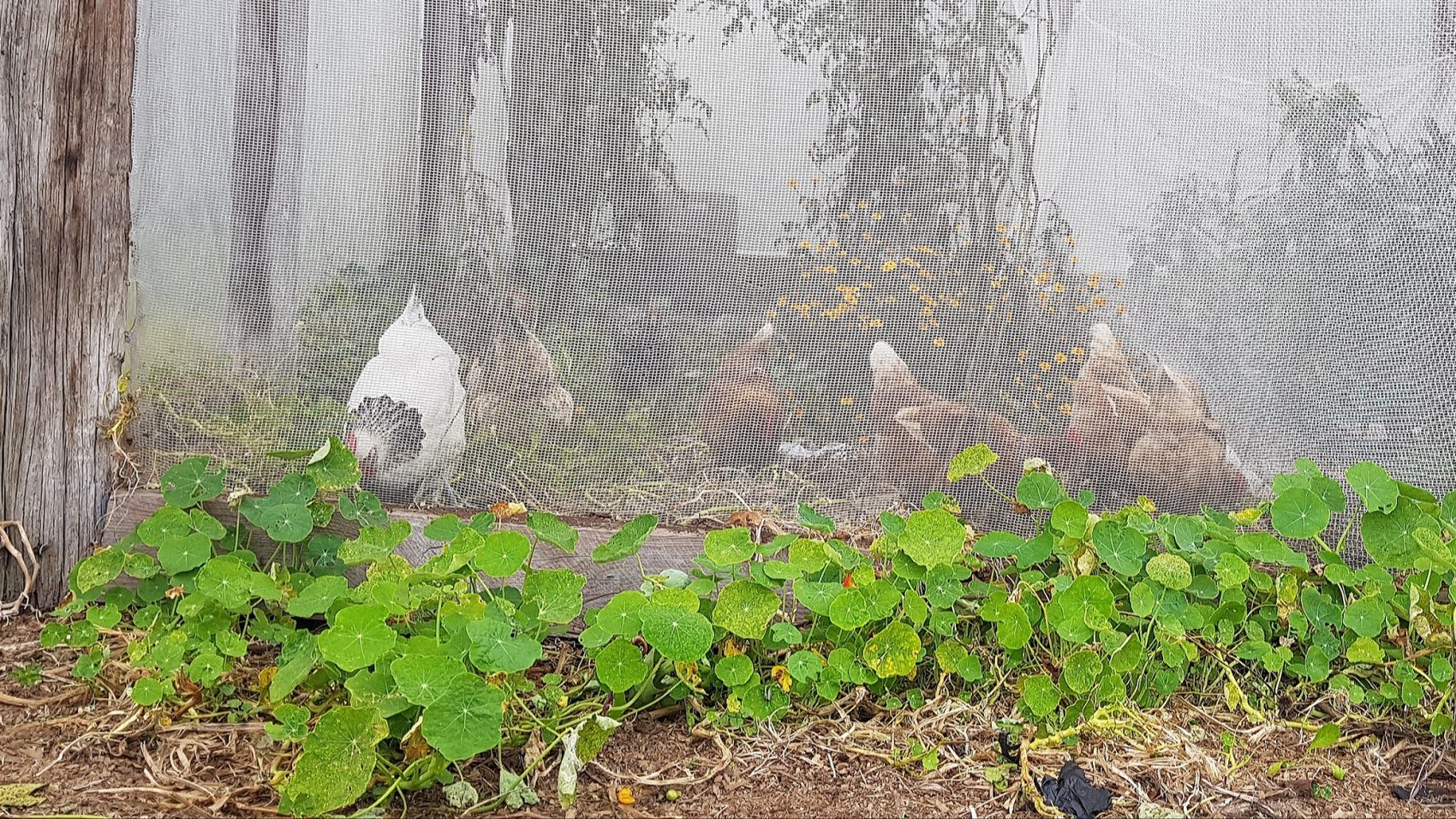June In The Vegie Patch + Greenhouse

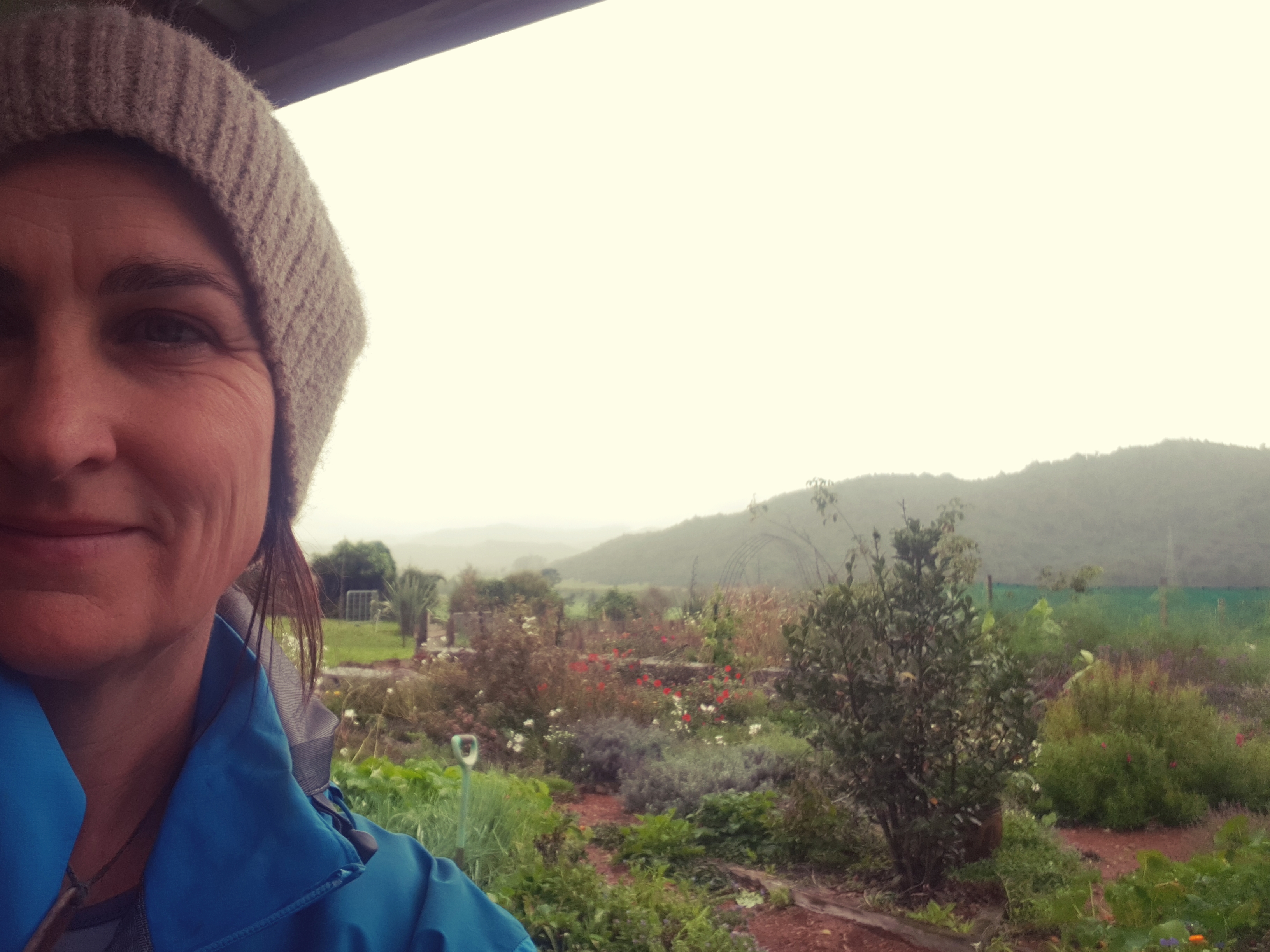
I'm not the only one who loves winter. Garlic, onions, all the brassica's, chard, endive, parsley and all manner of leafy greens love winter too. Salads and beetroot survive it, but very slowly, so if you live in cooler places best grow them under cover from now on in.
What to sow and plant in June
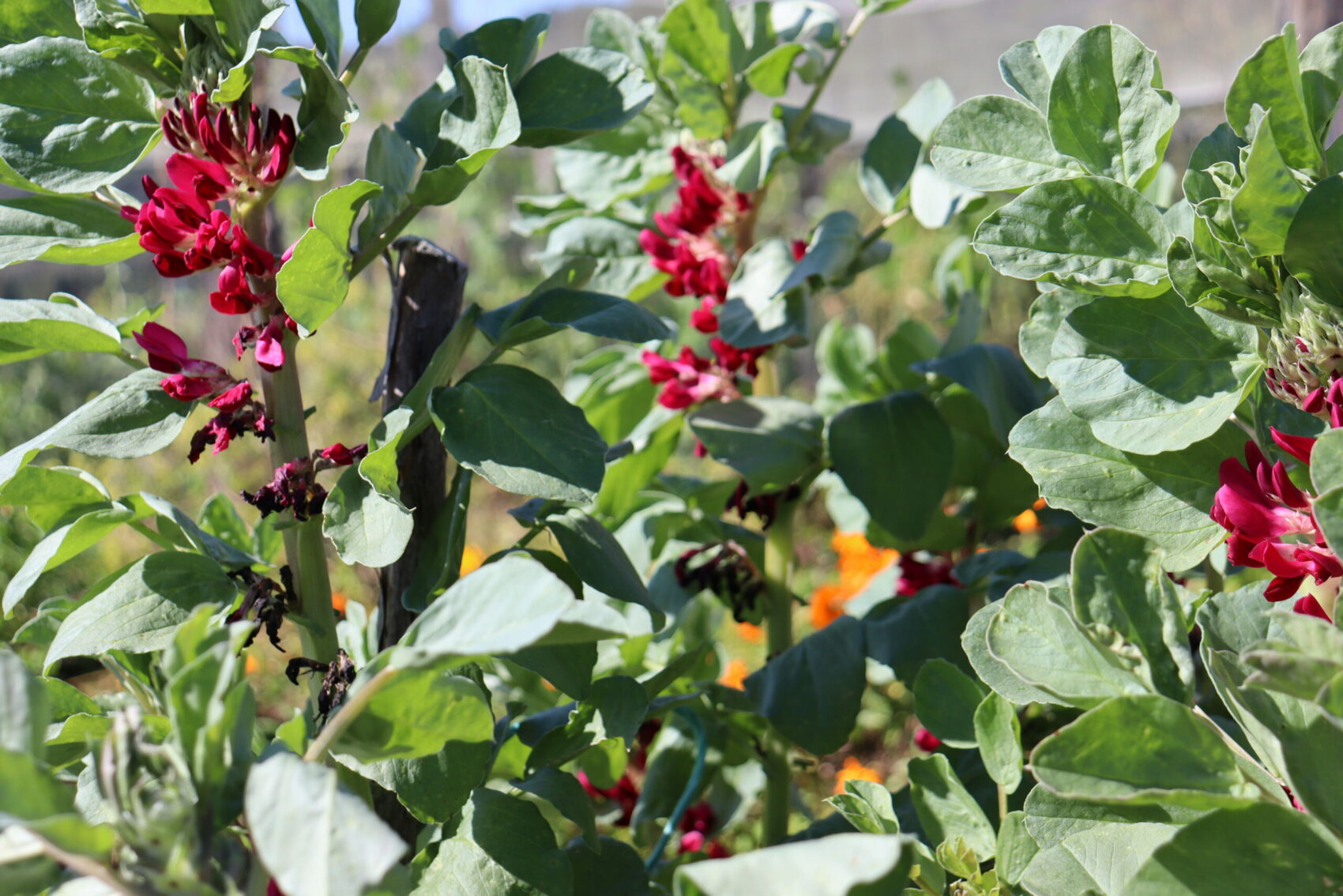
Direct Sow
- Greencrops in any gaps and beside, or beneath crops - such easy fertility. Make a mixture and sow away.
- Mizuna - such a good value leafy green
- Rocket and coriander in the greenhouse from now on in, unless its warm enough at yours, outside.
Tray Sow
- Peas and snowpeas into plug trays or toliet rolls
- A mixture of brassicas - broccoli, cabbage, cauliflower, collards - to keep dinners varied.
- Spring onions, red or brown onions
Direct or Tray Sow
- Broadbeans - such a brilliant crop for soil health. Poke a few seeds about the place. If you don't want the beans, chop and drop the tops for a soil boost. They will regrow.
- Spinach, bok choy and beetroot, in the warmth of the greenhouse if needs be.
Transplant
- Broadbeans, peas and brassicas for spring eating.
- Garlic, spring onions, shallots, potato onions, red onions or brown onions.
- Asparagus crowns for future springs. Visit your local asparagus grower to purchase unless you have the patience to grow your own from seed.
Harvest
Make the most of your crops by harvesting them when they are at their peak. Harvesting is simple, but even so there's a knack to it. As you harvest, whip off old ratty leaves to keep air and light cycling, and reduce moulds, slugs and snails. A simple put effective bid for best all-round health. Chop it up and use it for mulch or put it in the compost.
Broccoli
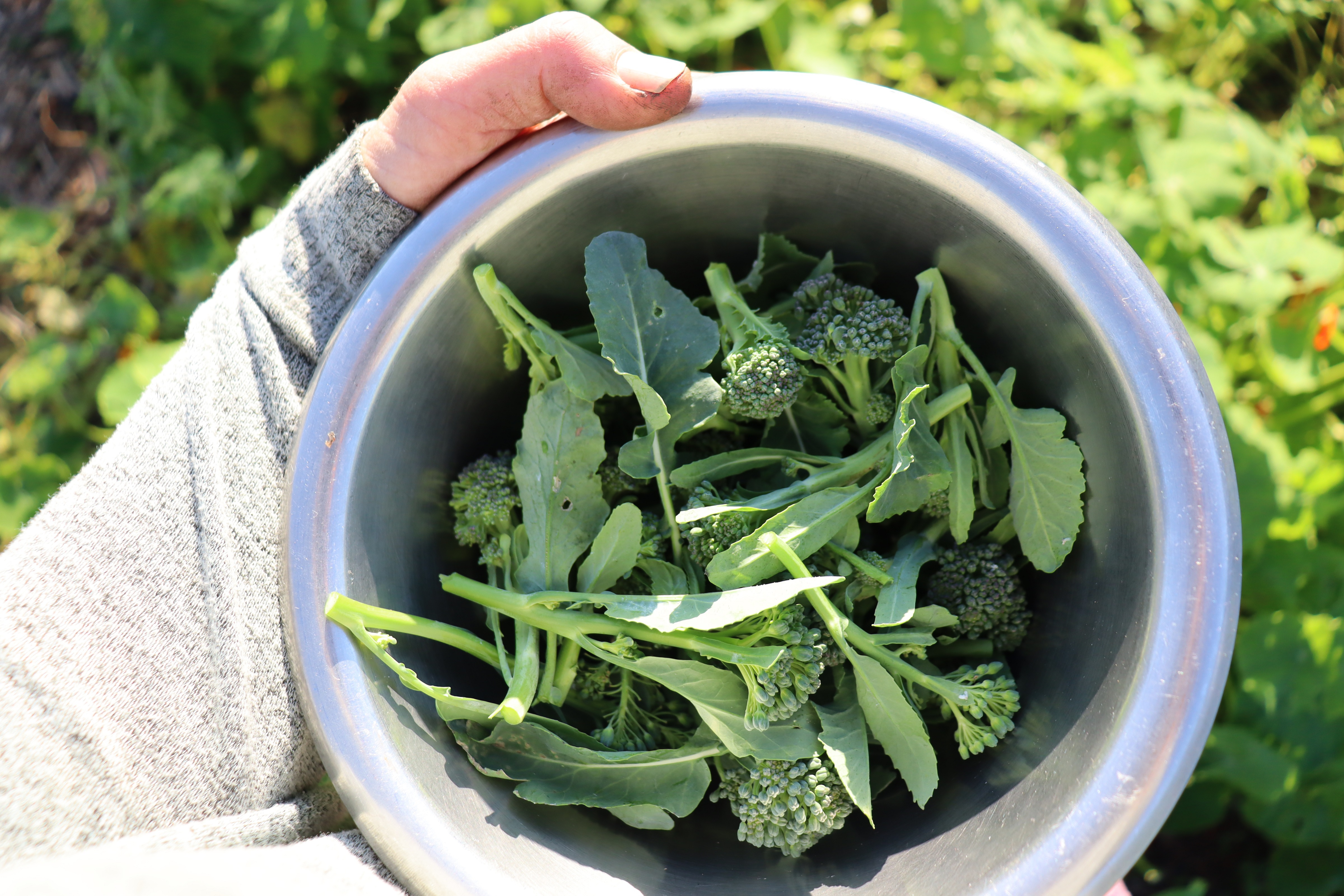
Late summer planted broccoli are providing loads of useful shoots - they're so big hearted, once the main broccoli head has been harvested, many side shoots will spring forth. Leave as much central stem as you can when you take the main head, this will garner you more shoots. Harvesting regularly is a win for longevity - it prevents them heading off to seed which signals the end of the shoots.
Leeks
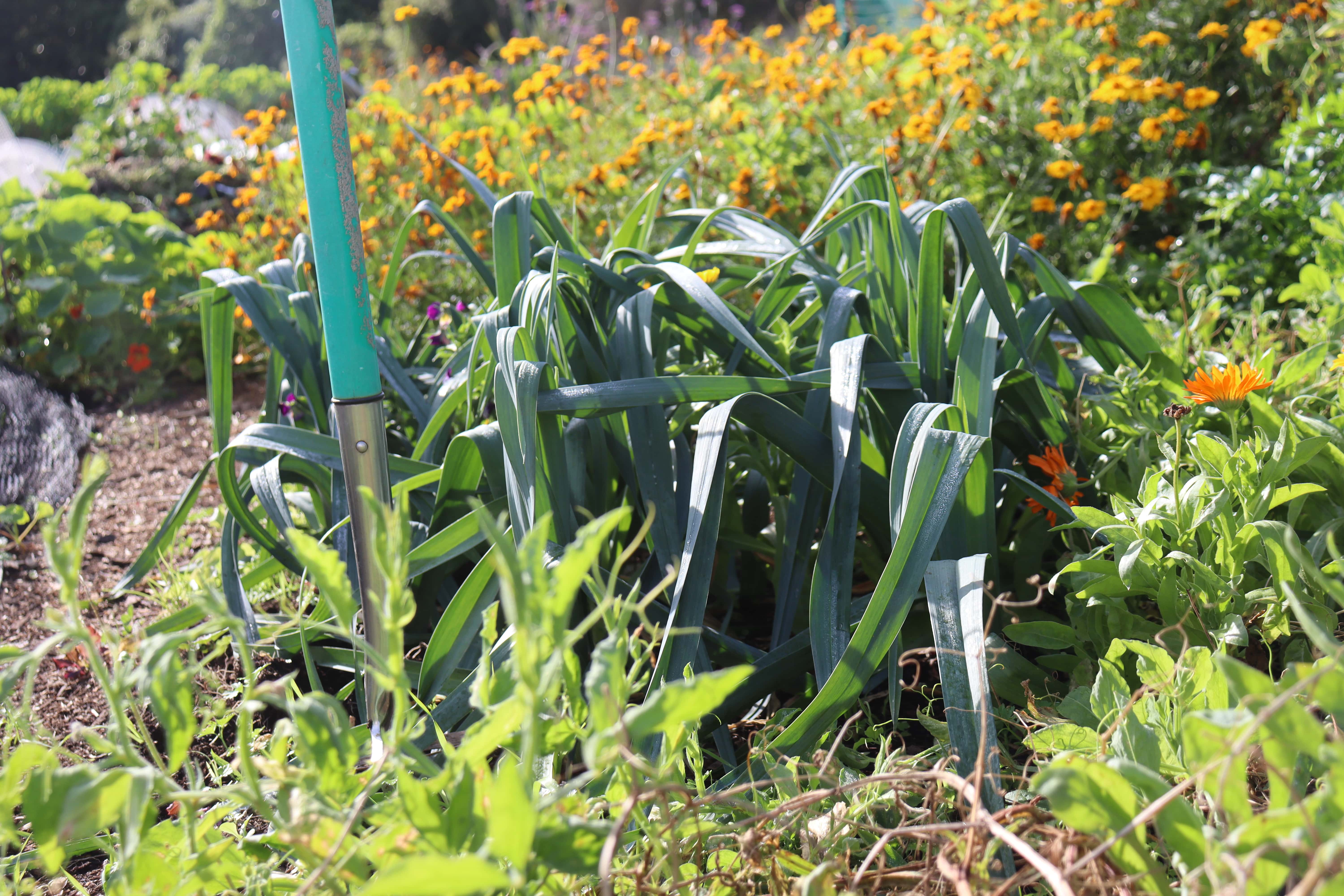
Leeks are at peak perfection right now. Get them up before they start to develop seed heads and a hard central stalk. The roots hold tight onto the soil, so slide a fork in to loosen things up before levering them out. I cut the tops and roots while out in the garden and pop them on the compost. Rinsing leeks at the outside tap saves mud in the kitchen!
Parsnips
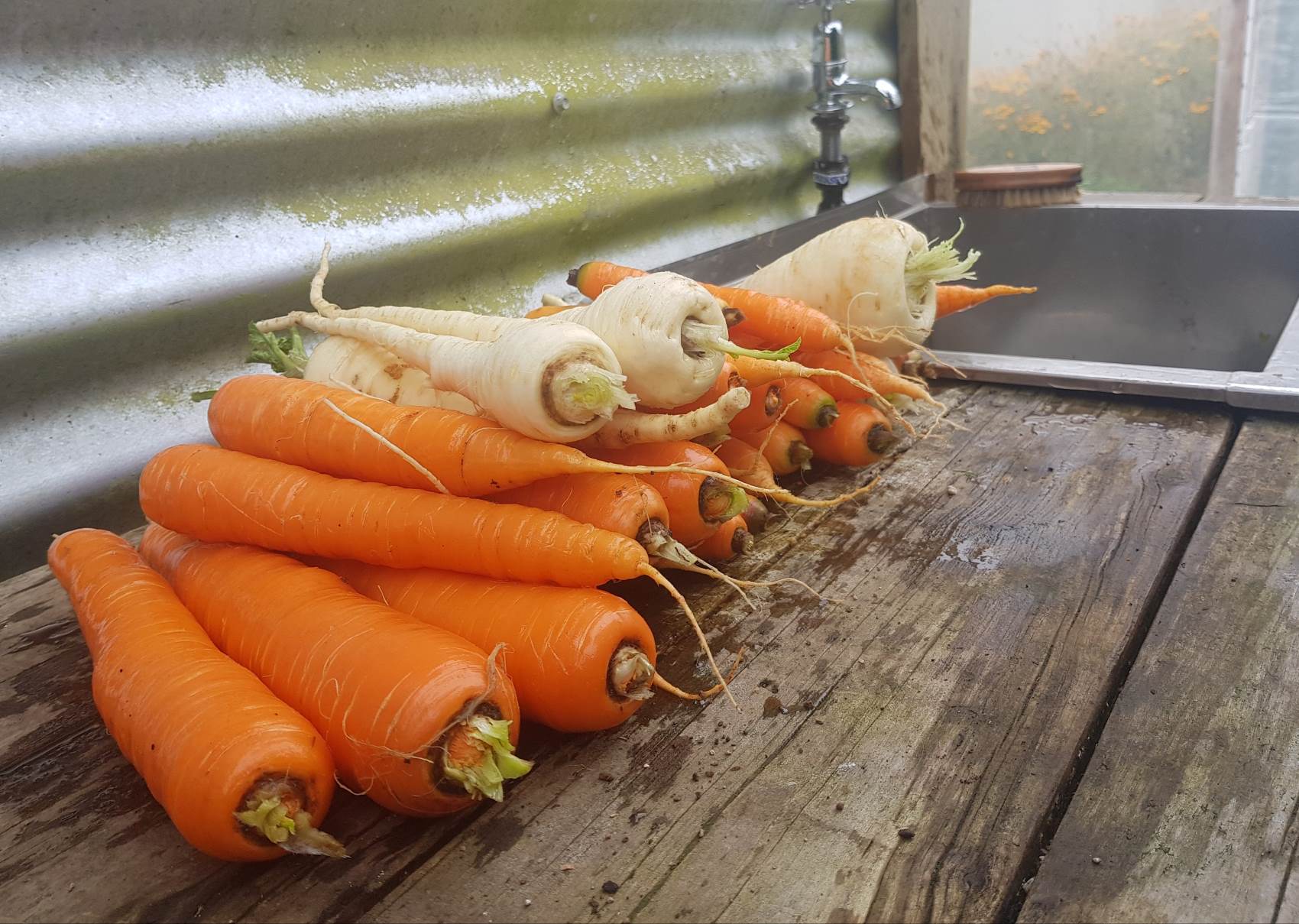
Parsnips are better by far after the first frost, but still lovely in frost free gardens. They can get really long, so in order to get them out whole, its easier to first loosen the soil. A forksta is awesome if you have one, otherwise a garden fork.
Yams
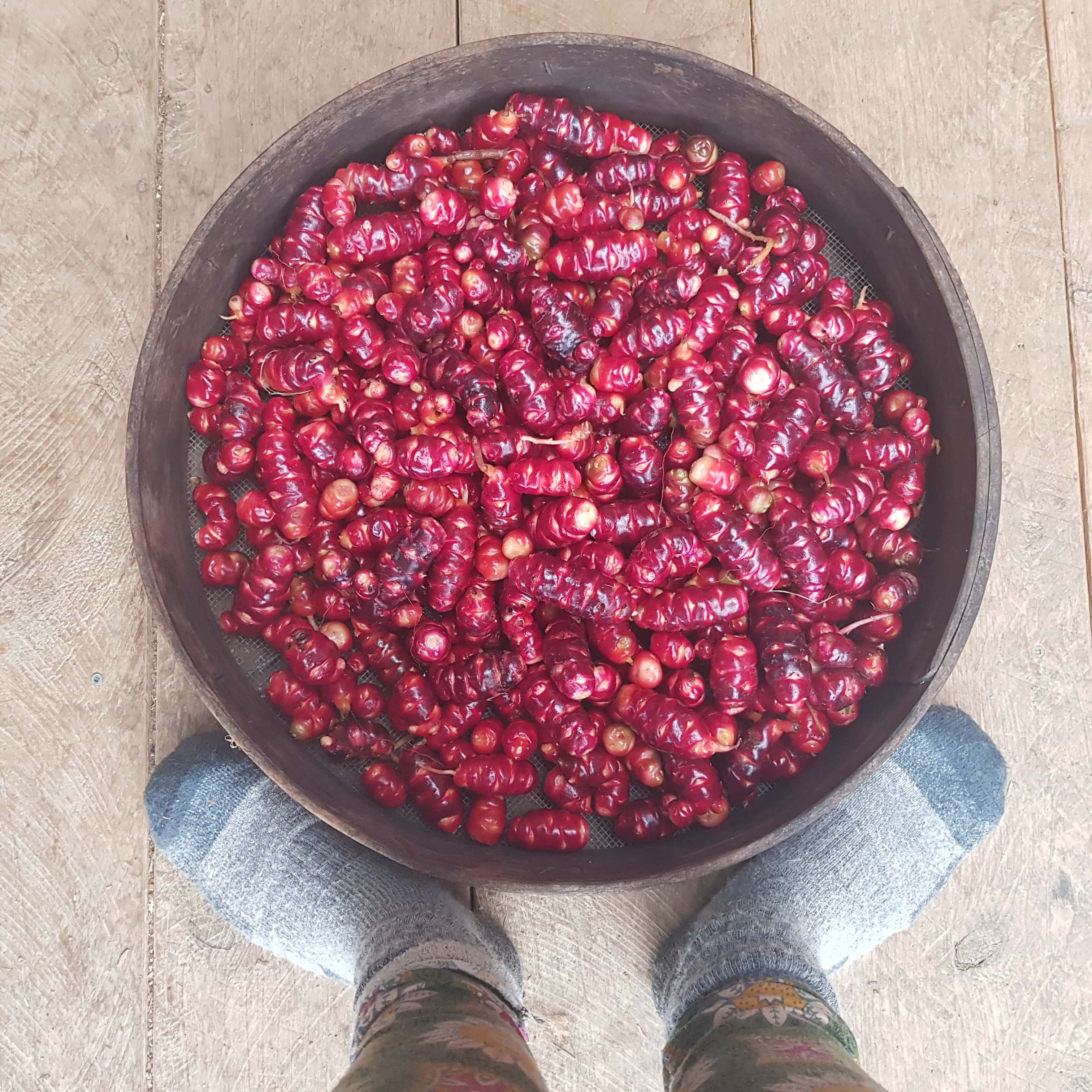
I'm so grateful to yams because they're ready in winter - not busy old autumn. And there's no preserving required either. Just patience.
Yams fatten up threefold in the cold. Guaranteed big fat sweeties after a few frosts and the tops have died off. If you've rushed in to harvest and been disappointed with your crop - it may just be that you were too impetuous, young at heart perhaps. You'll be amazed at what happens in the yam patch after cold. Wait it out, my friends.
Winter Missions
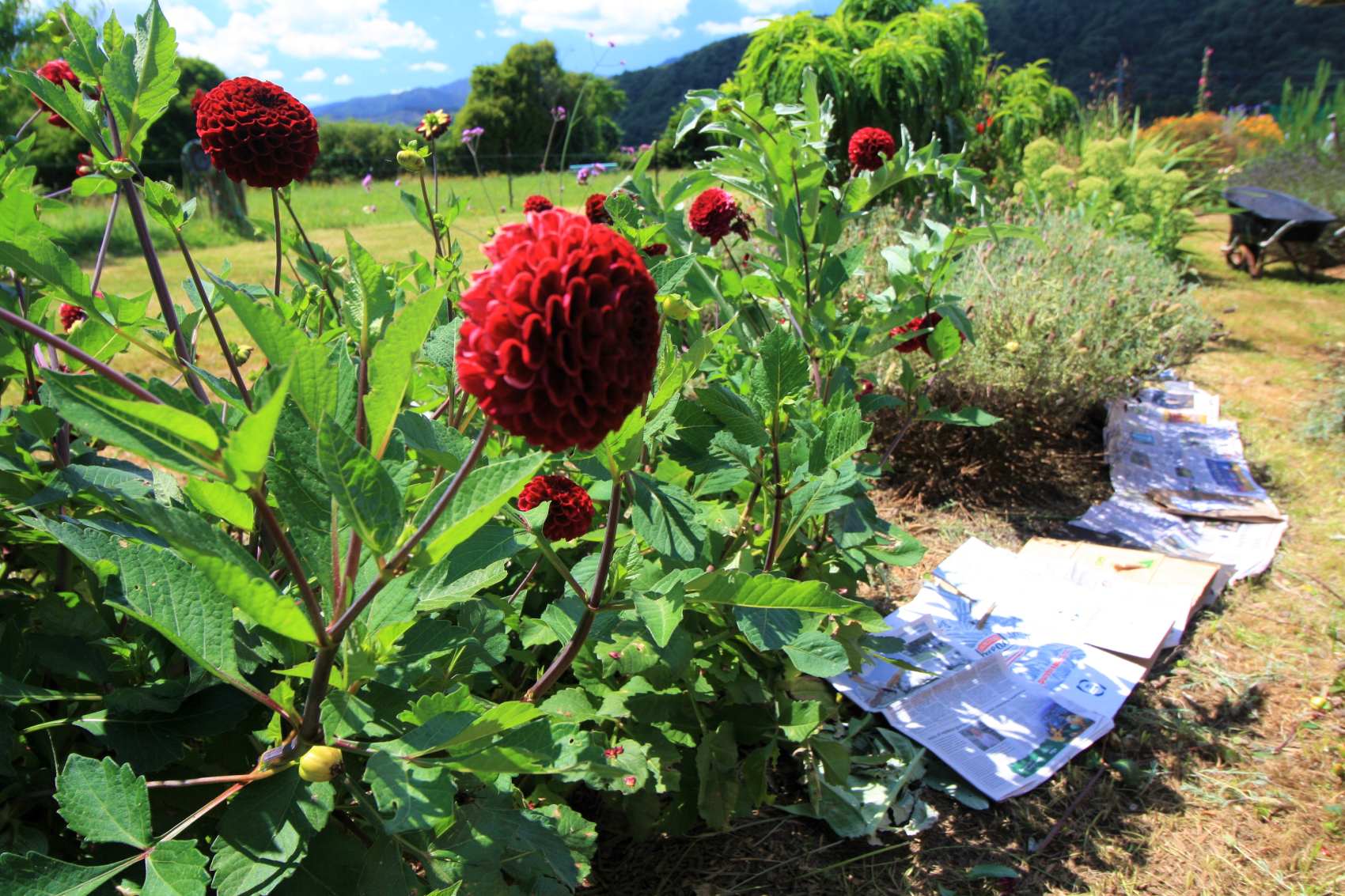
- Choose a few garden improvements to take care of this winter. If you're at the start of your garden journey it'll be the big impact, important stuff like tree + plant research, drainage, shelter, or clearing out the trees + structures that block light or access, or most important of all - getting to know your winter landscape.
- If those missions are all ticked off, you're into the fun business of dividing and planting out perennials, making new beds and planting trees. Tick away with it all, slow and steady. Give those improvements wings while there is sod all to do in the vegie patch.
- Clean and sharpen spades and pruning tools. Once a year is better than never, and sharp edges are a treat! Good for your body, and better for your trees - making for clean cuts that heal fast.
The Greenhouse
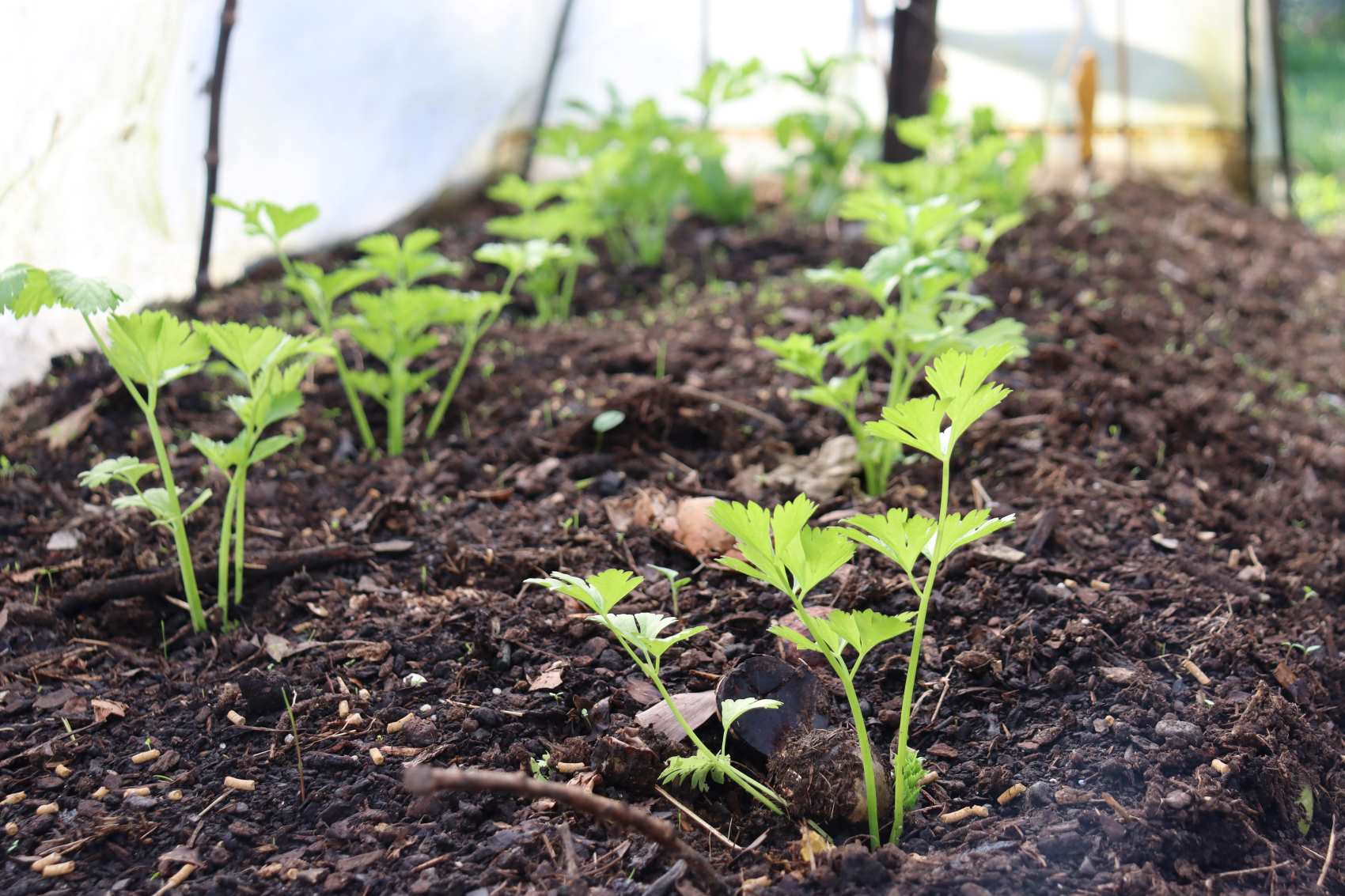
Slash down greencrops/ weeds/ old crops. Drag the organic matter off the beds. Spread a generous layer of compost and/ or vermicastings, sow a mixed greencrop and scatter the slash back on as mulch. Living roots are the fastest way to fertile, stable soils - keep them coming in preparation for late winter/ spring plantings.
- Check in with moisture and make sure soil doesn't dry out.
- Sow or plant spinach, beetroot, celery, coriander, saladings, rocket, bok choy or gai lan.
If you have chooks, save yourself the job and let them in to chop all the debris down for you turning the greencrop into the soil, bug hunting, fertilising and making compost for spring plantings of tomatoes. Separate the chooks from greenhouse crops - I do this by pegging birdnet to the overhead wires.
